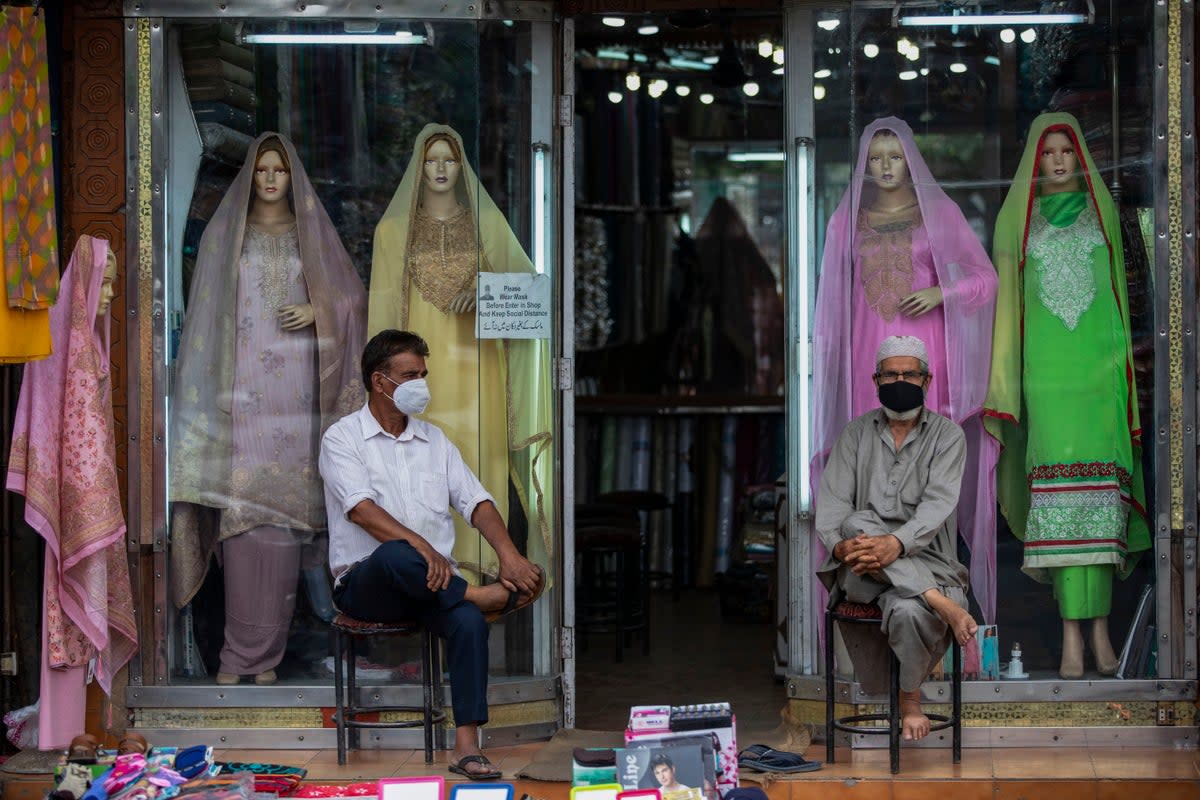What is the Nipah virus? Oxford begins testing

The University of Oxford announced today that the first ever human trial for an experimental vaccine against the deadly Nipah virus is underway.
Around 51 people aged 18-55 will take part in the trial, which will be led by the Oxford Vaccine Group and is funded by the Coalition for Epidemic Preparedness Innovations (CEPI).
The first participants in the trial received doses of the vaccine over the past week.
If the clinical trials prove successful, it will be the first ever vaccine for the disease.
The trial will run for the next 18 months and will be held in Nipah-affected countries.
Professor Brian Angus, the trial’s principal investigator and professor in infectious diseases at the University of Oxford, said: “Nipah virus was first identified in 1998 and yet, 25 years on, the global health community still has no approved vaccines or treatments for this devastating disease.
“Due to the high mortality rate and the nature of Nipah virus transmission, the disease is identified as a priority pandemic pathogen.
“This vaccine trial is an important milestone in identifying a solution that could prevent local outbreaks occurring, while also helping the world prepare for a future global pandemic.”
According to the university, the vaccine is based on the same “viral-vector” technology that was used in the Oxford/AstraZeneca Covid-19 vaccine.
The process to develop the Nipah vaccine began in 2017 but was halted due to the pandemic.
Professor Sarah Gilbert, principal investigator at the University of Oxford’s Pandemic Sciences Institute, said: “Our work developing the Covid-19 vaccine will now help us prepare this Nipah vaccine for licensure, ensuring we’re ready to prevent future outbreaks of this devastating disease from spreading.”
The trial comes after a breakout of the disease killed two people in southern Kerala, India in September last year.
Indian authorities closed schools and conducted mass tests after more than 700 people were identified as close contacts.
Currently, there are only supportive treatments available to combat the disease.
What is the Nipah virus?
The Nipah virus is a zoonotic virus that can be transmitted to humans from animals, with fruit bats being the natural hosts according to the World Health Organisation (WHO).
Because of its potential for an epidemic or a pandemic, the Nipah infection is one of the priority diseases on the WHO R&D Blueprint. However, there have been no cases in Europe.
Direct contact with infected humans, animals, or their bodily fluids, as well as intake or handling of contaminated products, are the two main ways that Nipah is spread. Transmissions from mothers to children have not been seen. Nevertheless, a test on animals proved the possibility.
Is this a new virus?
It’s not a new virus.
Following the discovery of the virus during an outbreak of severe encephalitis in Nipah, Malaysia, cases of the Nipah virus were first documented in humans in 1998, with cases also being recorded in Singapore.
Later, outbreaks occurred in regions of North East India and, since 2001, virtually yearly in particular Bangladeshi districts. Infections with the henipavirus, thought to have been brought on by the Nipah virus or a virus similar to it, have also been reported in the Philippines.
In addition to being found in 23 species of bats throughout Asia, as well as in bats in Ghana and Madagascar, the Nipah virus has been isolated from the urine of bats in Malaysia. However, Nipah virus infections in humans have not been reported outside of South and Southeast Asia, and the majority of outbreaks have taken place in rural or semi-rural areas.
What are the symptoms?
Individuals with symptoms may display anything from minor respiratory discomfort to severe respiratory distress or encephalitis. Atypical pneumonia and serious respiratory issues, such as acute respiratory distress, are more common in those with the NiV-B type of the virus.
According to the Disease Control and Prevention (CDC), symptoms frequently start with headaches and tiredness but swiftly develop into a coma within days.
The infection has a mortality rate between 40 per cent and 75 per cent and the usual treatment is to provide supportive care, with no drug treatment or vaccine currently available.

 Yahoo Lifestyle
Yahoo Lifestyle 
